It is said that more books have been written about chess than about any other game, sport or pastime. I can well believe it. When the Chess and Bridge (shop.chess.co.uk) catalogue dropped through my letterbox last week, I counted 360 book titles, and I know that is just the tip of the iceberg.
One book that caught my eye in the catalogue was the unlikely entry Best Larsen’s Bent Games of Chess. I know that Bent Larsen, a supergrandmaster who in his time defeated Botvinnik, Smyslov, Tal, Petrosian, Spassky, Fischer and Karpov, sometimes resorted to weird openings, but the catalogue typo seemed to be taking things a little far.
The game below is based on one from a new book on Larsen, Larsen Move by Move by Cyrus Lakdawala (Everyman Chess).
Botvinnik-Larsen; Leiden 1970; Dutch Defence
1 c4 f5 2 d4 Nf6 3 g3 e6 4 Bg2 Bb4+ 5 Nd2 0-0 6 Ngf3 a5 7 0-0 b6 8 Ne5 Ra7 Larsen took an almost malicious delight in confusing booked-up opponents by injecting the position with original problems for both sides to solve. 9 Nd3 Bb7 10 Nf3 Be7 11 b3 Ne4 12 Bb2 Bf6 13 a3 c5 14 e3 Nc6 15 Nfe5 cxd4 16 exd4 Nxe5 17 dxe5 Be7 18 a4 A rare strategic misjudgment from the maestro. Larsen’s oddness of play had a mysteriously confusing effect on even experienced opponents. Botvinnik wants to fix b6 as a target but this is misguided. 18 … Qc7 19 Qc2 Bc6 20 f3 Nc5 21 Nf4 Bg5 22 Ne2 Be3+ 23 Kh1 f4 (see diagram 1) It is disorienting to witness Botvinnik getting outplayed strategically. White’s game continues to subtly deteriorate. 24 Nd4 A mistake. Botvinnik seriously underestimates the danger to his king. His plan is too simple and instead, 24 Rad1 was necessary, intending 24 … fxg3 (24 … Raa8 is correct) 25 Qc3! Bg5 26 hxg3, when White’s pieces suddenly unravel with advantage. 24 … fxg3 25 Nxc6 dxc6 26 hxg3 Qf7 27 Bh3 Rd8 28 Bc3 Rad7 29 Ra2 Rd3 This is good but 29 … Rd1 was even stronger. 30 b4 axb4 31 Bxb4 Qh5 32 Qh2 Qxe5 33 f4 Qe4+ 34 Qg2 Qxc4 35 Bxc5 Bxc5 Black needs his e-pawn to undermine f4. Hence 35 … Qxc5 36 Bxe6+ Kh8 would be inferior. 36 Qxc6 Re3 37 Raf2 Kh8 38 Qg2 h6 39 Bg4 Qxa4 40 Re2 e5 (see diagram 2) Now White’s king becomes hopelessly exposed. 41 Ra2 Qc4 42 Rc2 Qb4 43 Bf5 exf4 44 gxf4 Re1 45 Re2 Rxf1+ 46 Qxf1 Rf8 47 Be4 Qd4 48 Kg2 Qf6 Forcing the pawn to f5 weakens the dark squares around the white king further. If the f-pawn goes, even the pure opposite-coloured bishop endgame won’t save White. 49 f5 Qg5+ 50 Kh1 Qh4+ 51 Kg2 Rd8 52 Bc2 Rd4 White resigns 53 Re8+ Kh7 54 f6+ g6 55 Bxg6+ Kxg6 56 Qb1+ Kxf6 57 Qf1+ Kg7 and Black wins.
Got something to add? Join the discussion and comment below.
Get 10 issues for just $10
Subscribe to The Spectator Australia today for the next 10 magazine issues, plus full online access, for just $10.

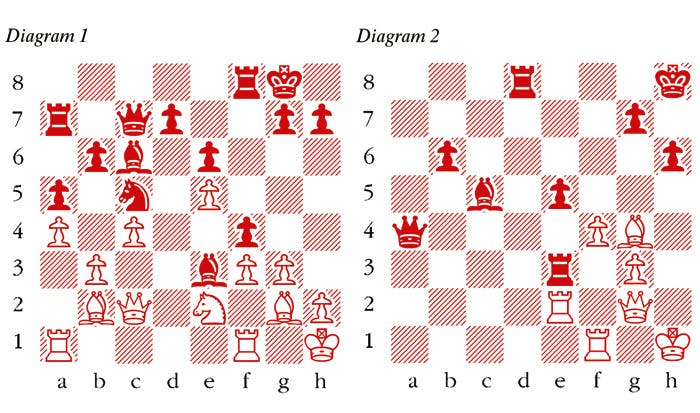
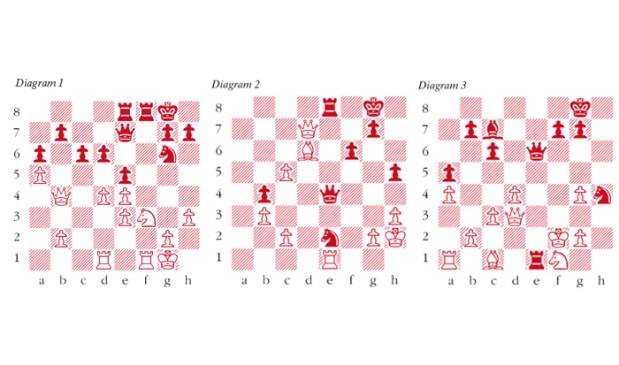
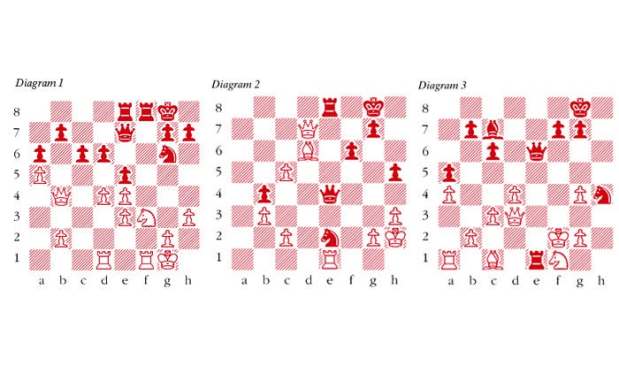
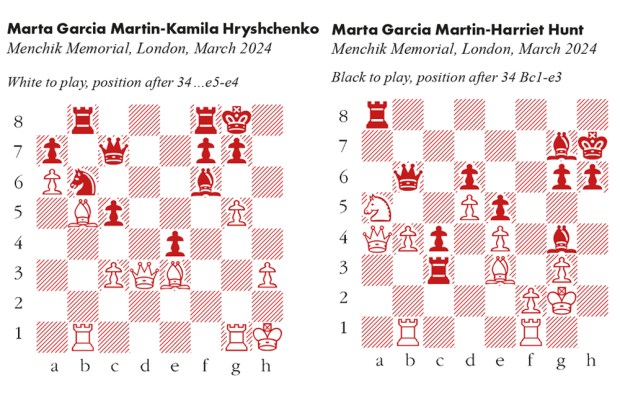

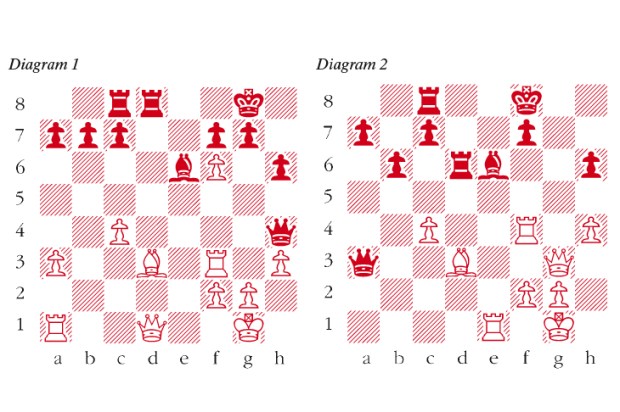
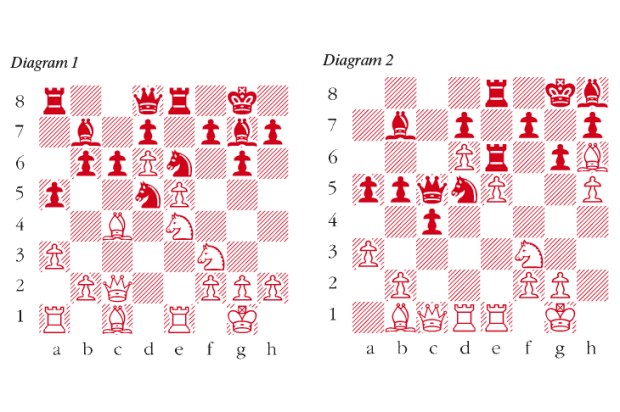






Comments
Don't miss out
Join the conversation with other Spectator Australia readers. Subscribe to leave a comment.
SUBSCRIBEAlready a subscriber? Log in